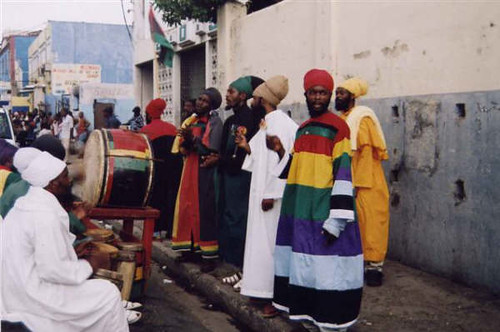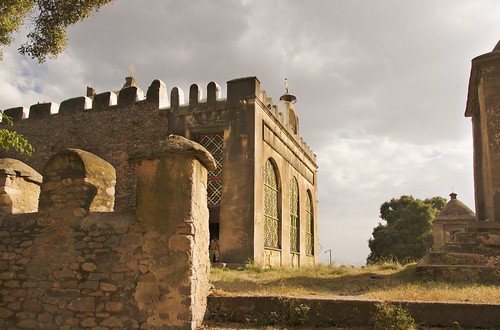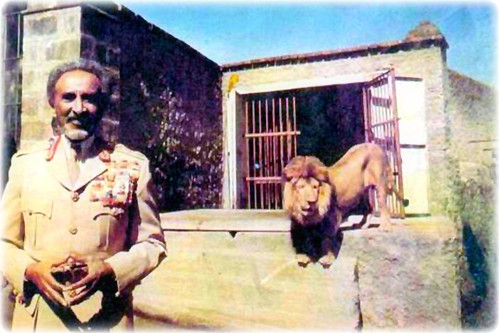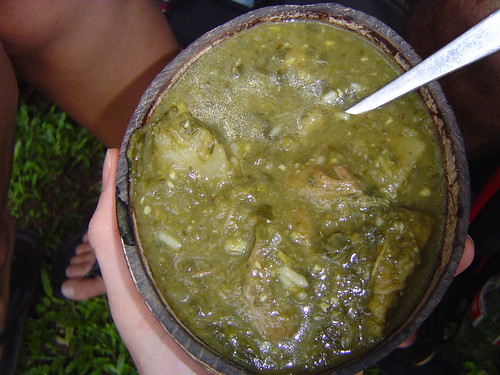 "A system of symbols which acts to establish powerful, pervasive, and long-lasting moods and motivations in men by formulating conceptions of a general order of existence and clothing these conceptions with such an aura of factuality that the moods and motivations seem uniquely realistic". (Geertz definition)
"A system of symbols which acts to establish powerful, pervasive, and long-lasting moods and motivations in men by formulating conceptions of a general order of existence and clothing these conceptions with such an aura of factuality that the moods and motivations seem uniquely realistic". (Geertz definition)The Rastafarian Movement has been expressed to the world through Bob Marley's music, but that is just a preview of the long history the Rastafarian's possess. For years, many misunderstood their way of life and traditions. My goal for this final project, was to visually illuminate the "long-lasting moods and motivations" of the Rastafarian's to better understand their culture.
I've included a picture that I feel sums up some parts of my final project. It includes Marcus Garvey, the Lion of Judah with Haile Selassie, Bob Marley, the flag, and Zion





 This is a picture of the Saint Mary's church in Zion.
This is a picture of the Saint Mary's church in Zion. 





